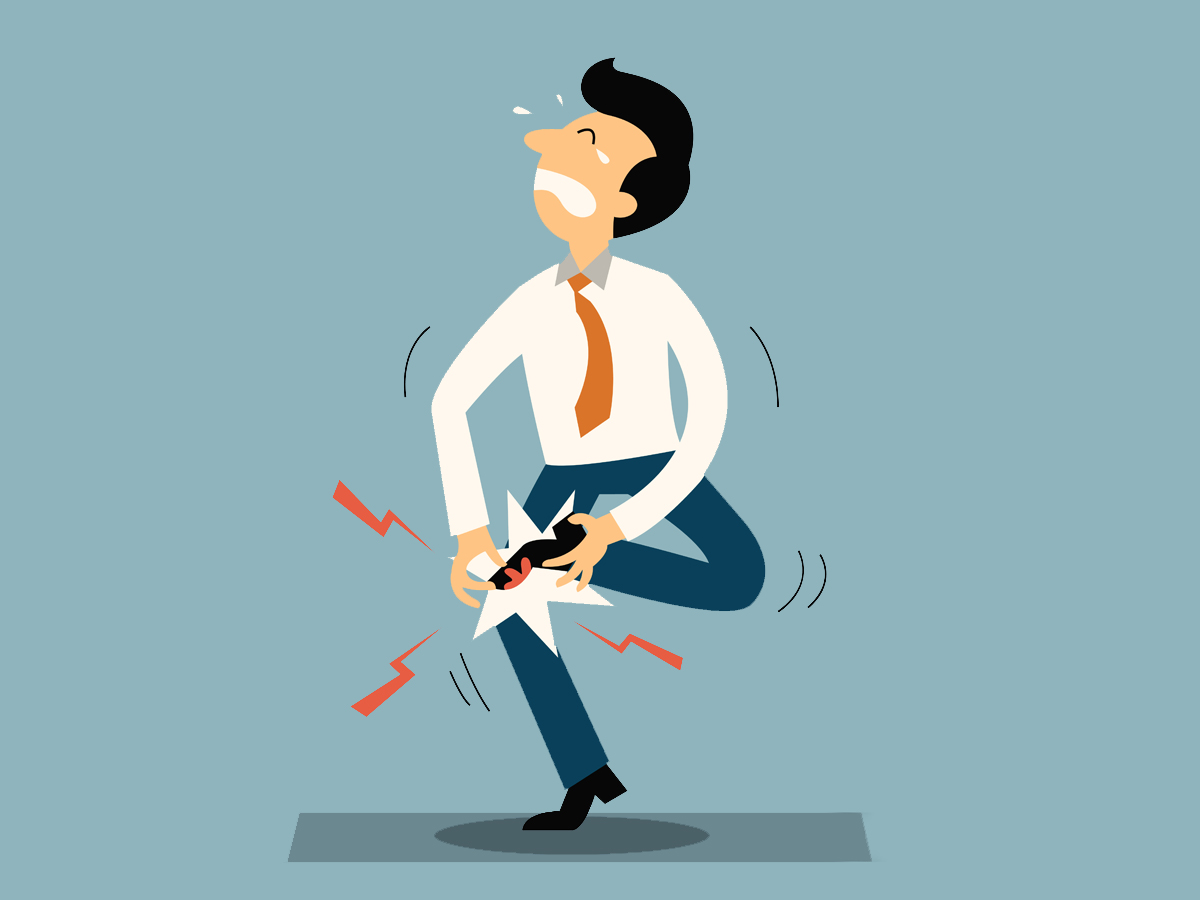
Do Anti-Fatigue Mats Really Work?
There are many things that contribute to a business’ success, one of which is happy and healthy team members. Did you know that fatigue is the leading cause of lost productivity in the workplace? On average, employees report 4.1 hours of lost productive time each week due to stressed, sore and tired feelings, costing employers an estimated $136 billion annually, according to a study in the Journal of Occupational and Environmental Medicine. One way employers can help minimize fatigue and increase productivity is to reduce the physical demands of the workplace by using anti-fatigue mats.
What are anti-fatigue mats?
If you’ve ever worked in retail or manufacturing, you know the pain of standing on your feet all day. Anti-fatigue mats are mats designed to reduce fatigue caused by standing for long periods on a hard surface (e.g., cement floors), and are often used to decrease or prevent foot and lower limb disorders for workers. Fatigue-reducing mats can be made of various materials including rubber, carpeting materials, vinyl, and wood. These materials have a natural “bounce” effect that keeps you light on your feet.
When should anti-fatigue mats be used?
Some experts point to improper footwear as the cause of foot and lower limb fatigue, but the type of flooring used in a workplace has an equally important influence on comfort. Hard, unyielding floors, like concrete, are the least comfortable surface to work on. In fact, walking on a hard floor is similar to the impact of a hammer pounding the heal at every step. Wood, cork carpeting, or rubber – anything that provides some elasticity – is generally gentler on workers’ feat. More than that, softer floor coverings reduce fatigue and improve safety by reducing slips and falls on slippery floors.
How do I select an anti-fatigue mat?
There are many types of mats available to reduce slip and fall accidents, collect dirt and moisture from shoes, and provide comfort for workers throughout the day. Pay attention to the thickness of the mat, choosing a mat that provides some elasticity, but at the same time is not so soft that a person feels they cannot stand comfortably.
Additionally, pay attention to the type of environment the mat will be used in. They are not ideal for high traffic areas (instead anti-slip mats can prevent slips and trips around tight corners), and in areas, such as food preparation, mats will need to be able to be adequately cleaned.
If you’re ready to invest in your employees’ health and productivity, check out the SITEX Complete Comfort Mat from our variety of available utility mats. By designing a complete mat system, you can cover all your bases from fall prevention, dust collection and comfort!